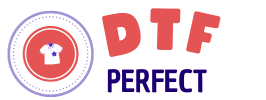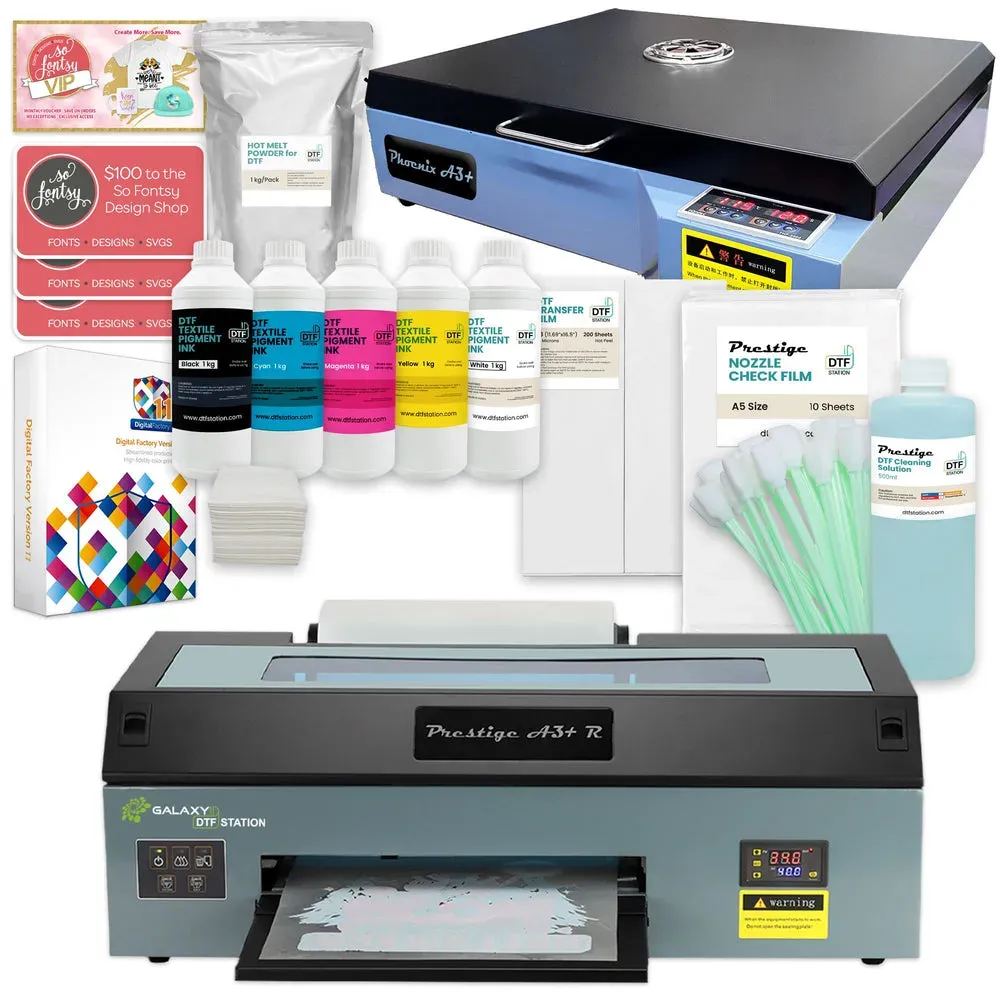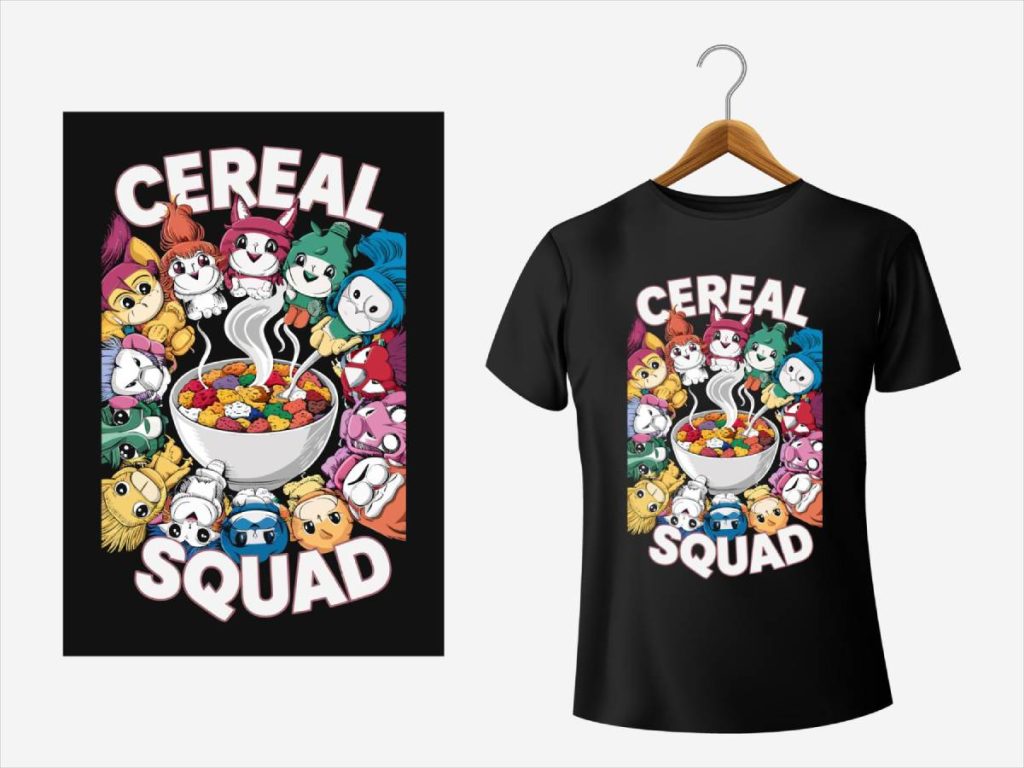In the realm of fabric printing, choosing the right DTF printer can revolutionize your creative process. DTF printers specialize in delivering exceptional print quality by transferring stunning images onto various textiles with ease. Whether you’re a hobbyist or running a professional operation, knowing how to choose the best DTF printer is essential for achieving vibrant results that stand out. The following guide will walk you through everything you need to know about DTF printing, including insights from DTF printer reviews, tips on the buying process, and key considerations for optimal performance. With expertly crafted information at your fingertips, you’re set to embark on a rewarding journey into the captivating world of fabric printing.
Also referred to as Direct to Film printers, these innovative machines utilize cutting-edge technology to replicate intricate designs on heat-transfer films, which are then applied to fabrics through heat pressing. Understanding the intricacies of DTF printing is crucial for artists and entrepreneurs looking to elevate their textile game. In this detailed exploration, we will cover essential aspects such as selecting the ideal DTF printer, examining what recent DTF printing guides reveal about efficiency and quality, and how to ensure compatibility with diverse materials. The landscape of fabric printing is evolving, and staying informed through reliable reviews can help you make informed decisions as you seek the perfect device for your needs.
Understanding DTF Printing Technology
DTF printing, or Direct to Film printing, represents a significant leap in fabric printing technology. This innovative method allows for the printing of high-quality images onto a special film that can be easily transferred onto various fabrics. Unlike traditional screen printing, DTF printing offers vibrant colors and intricate designs, making it a favorite among textile printing professionals and enthusiasts alike. As the technology continues to evolve, understanding its fundamentals becomes essential for those looking to harness its advantages.
The primary advantage of DTF printing lies in its versatility and efficiency. The process enables printers to work with a wide range of materials, from cotton to polyester and everything in between. Additionally, DTF printing typically requires less setup time compared to other methods, allowing for quicker project turnarounds. This capability makes it particularly attractive to businesses aiming to meet customer demands swiftly, while also producing high-quality, detailed prints that stand out in the competitive market.
Key Features to Look for in a DTF Printer
When shopping for the best DTF printer, there are several key features that can significantly affect the quality and efficiency of your printing projects. One crucial aspect is print resolution; look for a printer that supports at least 1200 DPI to ensure that your designs maintain clarity and vibrancy. High-resolution prints are not only visually appealing, but they also convey professionalism, making them essential for anyone looking to create stunning textile products.
Another important feature to consider is the printer’s compatibility with various materials. Many DTF printers excel in transferring designs onto a wide array of fabrics, which is a significant advantage for those in the garment industry. Assessing the types of materials your printer can handle will help ensure you can adapt to different project requirements seamlessly, keeping your creative possibilities open.
Cost Considerations When Buying DTF Printers
While the initial price of a DTF printer is undoubtedly a factor to consider, it’s equally vital to evaluate the long-term costs associated with ownership. Factors such as ink consumption, maintenance, and the price of transfer films can quickly add up, impacting your overall budget. Some printers may have a lower purchase price but require higher spending on consumables, so it’s important to research and calculate total cost of ownership before making a decision.
In addition to the machine’s purchase price, you should also look for ongoing cost efficiency. Some DTF printers are designed to minimize waste and optimize ink usage, which can help reduce costs over time. Taking these factors into consideration will allow you to make a more informed decision that benefits both your finances and the quality of your printing output.
Evaluating User Support and Community for DTF Printers
Investing in a DTF printer is a commitment, and having solid support can significantly enhance your experience. Before making a purchase, check for the availability of customer support options, such as troubleshooting guides, warranty details, and the responsiveness of service teams. A printer that is backed by reliable support is more likely to prevent downtime from technical issues, which is crucial for businesses that depend on timely order fulfillment.
In addition to manufacturer support, consider the importance of a strong user community. A vibrant community of DTF printing enthusiasts can offer valuable insights, tips, and troubleshooting advice that may not be readily available through official channels. Platforms like forums and social media groups are great resources to stay updated with industry trends, share experiences, and glean knowledge from fellow users who have dealt with similar challenges.
Recent Trends in DTF Printing: Sustainability and Technology
As DTF printing technology advances, so do the trends that shape its landscape. One of the most exciting developments in recent years is the integration of eco-friendly materials and inks. As consumers become increasingly aware of environmental concerns, manufacturers are stepping up by offering sustainable printing solutions that do not compromise on quality. This trend not only caters to conscientious consumers but also fosters an industry-wide push towards greener practices.
Moreover, advancements in DTF technology itself continue to enhance the printing process. Innovations such as automatic color correction and improved curing techniques are becoming standard in many newer models. Staying abreast of these trends is essential for professionals looking to invest in equipment that remains cutting-edge and capable of meeting evolving market demands.
Reviews and Recommendations for the Best DTF Printers
As you explore your options, it’s helpful to refer to expert reviews and recommendations when choosing a DTF printer. Notable models like the Epson SureColor F-Series are frequently highlighted for their exceptional print quality and speed, making them a top choice for both newcomers and seasoned professionals. This printer’s capabilities allow users to produce vibrant and detailed designs efficiently, which can be a game-changer for business operations.
Similarly, the Mimaki UJF Series is praised for its versatility, effortlessly accommodating a variety of fabric types. This printer opens up endless creative possibilities, empowering users to experiment with different materials confidently. Consulting reviews can provide insights into real-world performance and user experiences, helping you make a more informed purchase.
Frequently Asked Questions
What should I look for when choosing the best DTF printer?
When selecting the best DTF printer, focus on key factors such as print quality (ideally at least 1200 DPI), cost of ownership including ongoing ink and maintenance expenses, material compatibility for diverse fabrics, and printing speed for efficiency. Always review DTF printer reviews to compare models and make an informed decision.
How does DTF printing technology compare to other fabric printing methods?
DTF printing technology stands out due to its ability to produce vibrant colors and intricate designs directly onto films, which are then heat-pressed onto various fabrics. Unlike traditional methods such as screen printing, DTF offers more versatility and detail, making it a preferred choice for many in the textile industry.
What are the top recommended DTF printers for beginners?
For beginners, it’s essential to choose user-friendly models. Some of the top recommended DTF printers include the Epson SureColor F-Series for its print quality and speed, and the Anajet mPower for its ease of use and customer support. Both are great options to consider when buying DTF printers.
Can I use a DTF printer for different types of fabrics?
Yes, many DTF printers are designed to handle various materials, such as cotton, polyester, and blends. When purchasing, ensure that the DTF printer you choose is compatible with the types of fabrics you intend to work with, providing you the versatility you need for different projects.
What are the ongoing costs associated with owning a DTF printer?
Ongoing costs for owning a DTF printer include expenses for ink, transfer films, maintenance, and potential repairs. It’s crucial to assess the total cost of ownership beyond the initial price of the printer to avoid unexpected expenses later on.
How can I find the best DTF printer reviews before making a purchase?
To find the best DTF printer reviews, explore online forums, manufacturer websites, and dedicated printing community discussions. Websites that specialize in printing equipment often provide detailed comparisons and user testimonials, helping you make a well-informed decision based on real user experiences.
| Key Considerations | Details |
|---|---|
| Print Quality | Supports a minimum of 1200 DPI for sharp details and vibrant colors. |
| Cost of Ownership | Consider initial costs and ongoing expenses (ink, film, maintenance). |
| Material Compatibility | Ability to print on various fabrics (cotton, polyester, blends). |
| Speed and Efficiency | Fast print speeds with high quality for quicker turnaround times. |
| Support and Community | Access to technical support and a lively user community. |
| User-Friendly Interface | Intuitive design for easy operation, especially for beginners. |
Summary
Selecting the best DTF printer is an essential decision for anyone looking to excel in fabric printing. With the rise of DTF printing technology, it becomes vital to analyze various factors such as print quality, cost of ownership, and material compatibility before making a purchase. By doing your homework, you can ensure your investment yields high-quality prints and enhances your creative projects. Moreover, staying updated on recent advancements and trends will not only prepare you for the current market but will also sharpen your competitive edge. A well-selected DTF printer will significantly elevate your printing experience and the quality of your end products.



